10 Hidden Factors That Shape Who We Fall in Love With

Ever wonder why you’re drawn to certain people and not others? Love isn’t just about finding someone nice-looking or kind. Behind our romantic choices are surprising influences that work without us even noticing them. These hidden factors shape our hearts in ways we rarely think about but powerfully impact who catches our eye.
1. Your Nose Knows

Our sense of smell guides our hearts more than we realize. Scientists have discovered that we’re naturally attracted to people whose body odor signals a different immune system than our own. This unconscious preference helps create stronger, healthier children if we have them together.
People often describe meeting someone who ‘smells right’ without understanding the biology behind it. This isn’t about perfume or cologne, but natural scent that reveals genetic compatibility.
Next time you feel drawn to someone’s natural scent, your biology might be nudging you toward a good match!
2. Mirror, Mirror

Surprisingly, we tend to fall for people who resemble our opposite-sex parent or even ourselves! Research shows we’re unconsciously attracted to familiar facial features that remind us of people we already love and trust.
This explains why some couples look like siblings or why you might notice your partner shares your nose shape or eye color. The brain associates familiar features with safety and comfort.
This doesn’t mean we’re seeking our parents’ twins—just that subtle similarities in facial structure can trigger feelings of connection without us realizing why we feel that initial spark.
3. Timing Is Everything
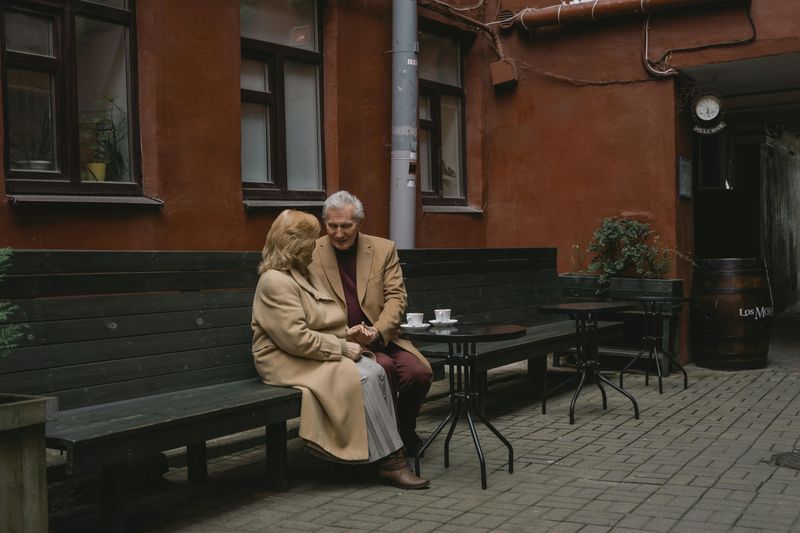
Meeting the right person at the wrong time often leads nowhere, while someone ordinary can become special when your life stages align. Major transitions—graduating, starting careers, or recovering from breakups—create windows where we’re more open to new relationships.
A person you might have overlooked years ago could suddenly seem perfect when you’re both ready for the same life chapter. This explains ‘late-blooming’ romances between old friends who suddenly see each other differently.
Your readiness for love matters just as much as finding the right match—explaining why the timing of meeting someone can determine everything.
4. The Voice of Love
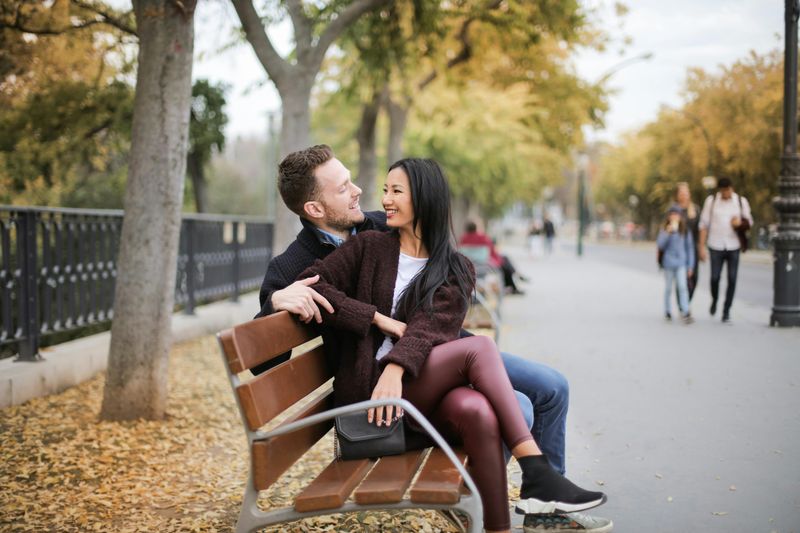
A person’s voice can cast a romantic spell before you even notice their appearance. Women typically prefer deeper voices in men, associating them with strength and protection. Men often favor higher, feminine voices, linking them to youth and fertility.
Beyond pitch, speech patterns matter too. The rhythm, pace, and emotional expressiveness in someone’s voice signal personality traits and compatibility. Some voices simply feel like home to our ears.
Voice preference explains why phone conversations can deepen attraction and why some radio personalities receive love letters from listeners who’ve never seen them!
5. Childhood Blueprint
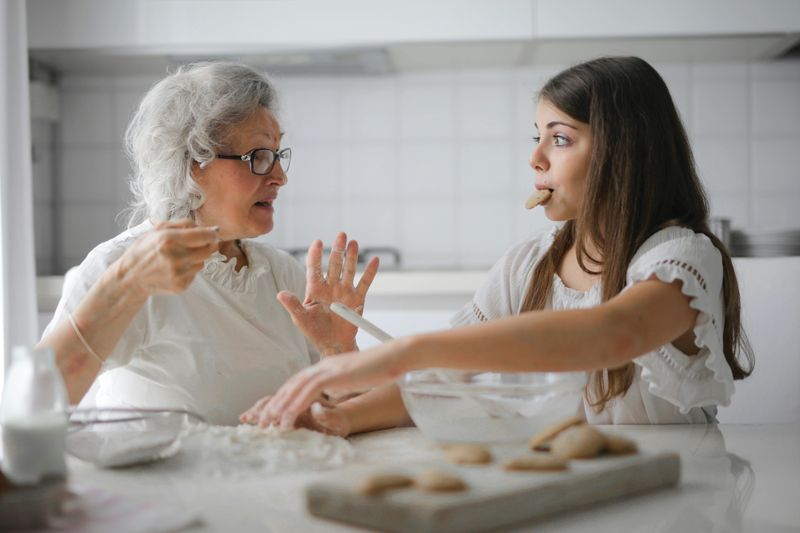
Your first relationships create an emotional template that influences who attracts you decades later. The way your parents or caregivers showed love (or didn’t) becomes your unconscious definition of what love feels like.
Someone raised with consistent affection might seek partners who freely express emotions. Children from volatile homes sometimes mistake drama for passion in adulthood, finding calm relationships ‘boring’ without understanding why.
This blueprint explains why some people repeatedly choose partners who treat them like their parents did—even when that treatment was unhealthy—creating a familiar emotional landscape they know how to navigate.
6. The Geography of Attraction

Simply being near someone regularly increases your chances of falling for them. This ‘mere exposure effect’ explains why so many people meet future partners at work, school, or in their neighborhood—familiarity breeds affection, not contempt!
Regular encounters create comfort and lower our defensive barriers. The barista you see every morning or the neighbor you pass walking dogs gradually transforms from stranger to potential partner through nothing but repeated exposure.
Before dating apps, proximity was the strongest predictor of who would pair up. Even now, with global connections possible, most successful relationships still begin between people who live or work near each other.
7. Stress Bonding
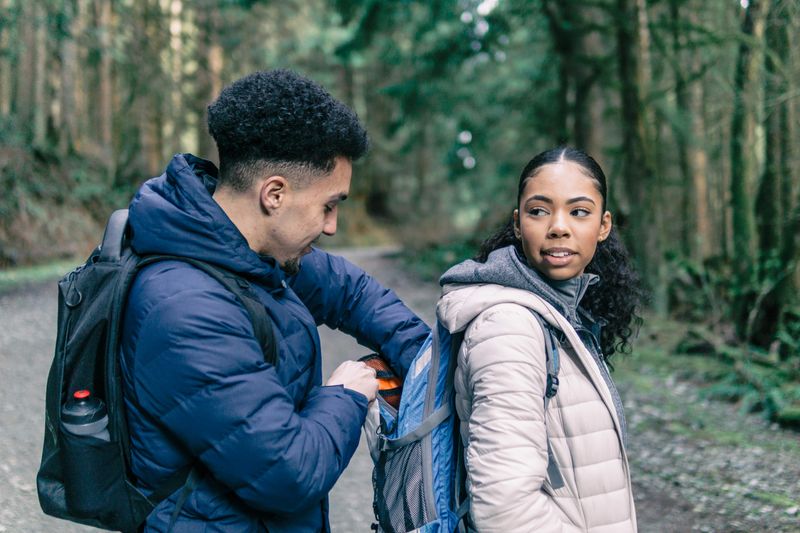
Heart-pounding experiences create powerful romantic connections. When we experience excitement, fear, or stress with someone else, our brains can misattribute the physical arousal to attraction. This explains why adventure dates and scary movies make effective romantic outings!
Studies show people who meet during intense situations—like natural disasters, challenging hikes, or even roller coaster rides—often develop stronger initial attraction than those meeting in calm settings. The shared vulnerability creates instant intimacy.
This biological trick explains why TV shows pair characters through dangerous adventures and why vacation romances feel so intense—heightened emotions of any kind can transform into perceived chemistry.
8. The Invisible Hand

We rarely discuss it openly, but socioeconomic factors strongly influence who we consider potential partners. People typically partner with others of similar education levels, income brackets, and social backgrounds—a phenomenon sociologists call ‘assortative mating.’
This matching happens through subtle cues: vocabulary choices, cultural references, vacation preferences, and even food habits signal socioeconomic background. We unconsciously seek partners who share our financial values and lifestyle expectations.
Dating apps reinforce this by connecting people in similar neighborhoods or with shared interests that often correlate with socioeconomic status, explaining why love often stays within social class boundaries despite our romantic ideals.
9. Emotional Availability
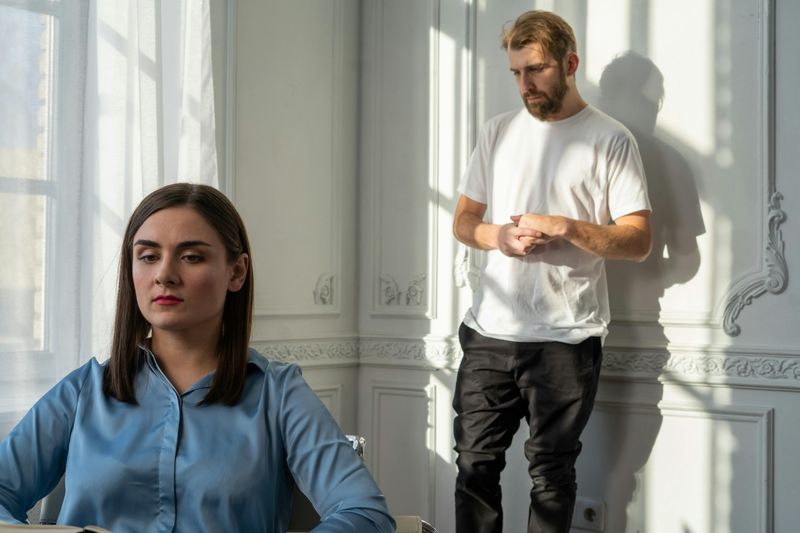
Sometimes the perfect person appears but fails to spark interest simply because one or both people aren’t emotionally available. Recent breakups, work stress, family problems, or personal growth periods create invisible barriers to new connections.
You might meet your ideal match but feel nothing because your heart is temporarily closed. Years later, meeting the same person might create instant fireworks when both parties are ready to connect.
This hidden factor explains ‘right person, wrong time’ situations and why taking breaks from dating after emotional upheaval often leads to healthier relationships when you return to the dating pool with an open heart.
10. Complementary Needs
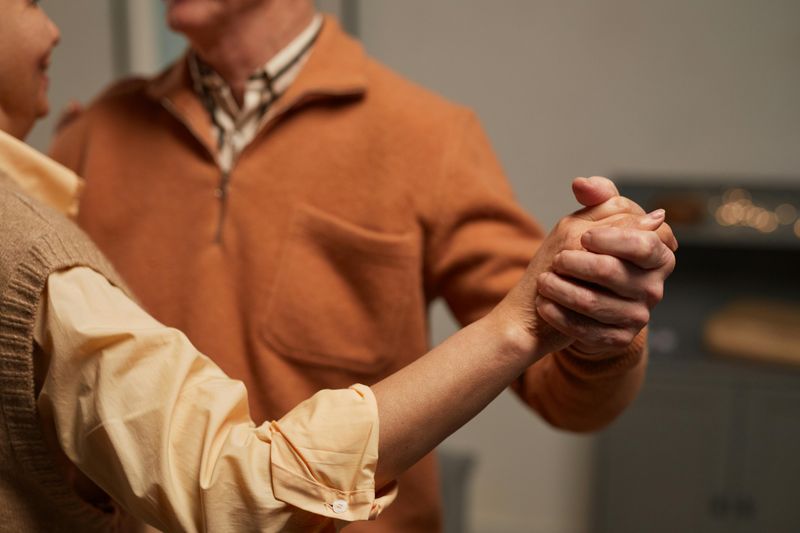
We’re often drawn to people who fill gaps in our own personalities or skills. The organized planner falls for the spontaneous free spirit. The shy introvert connects with the social butterfly who draws them out of their shell.
This complementary attraction serves a purpose—completing each other’s missing pieces creates a stronger team. When balanced properly, these differences create growth opportunities rather than conflict.
Look at lasting couples and you’ll often find this complementary pattern: one manages finances while the other handles social planning, or one provides emotional support while the other offers practical problem-solving, creating a relationship where both people feel more complete together.

Comments
Loading…